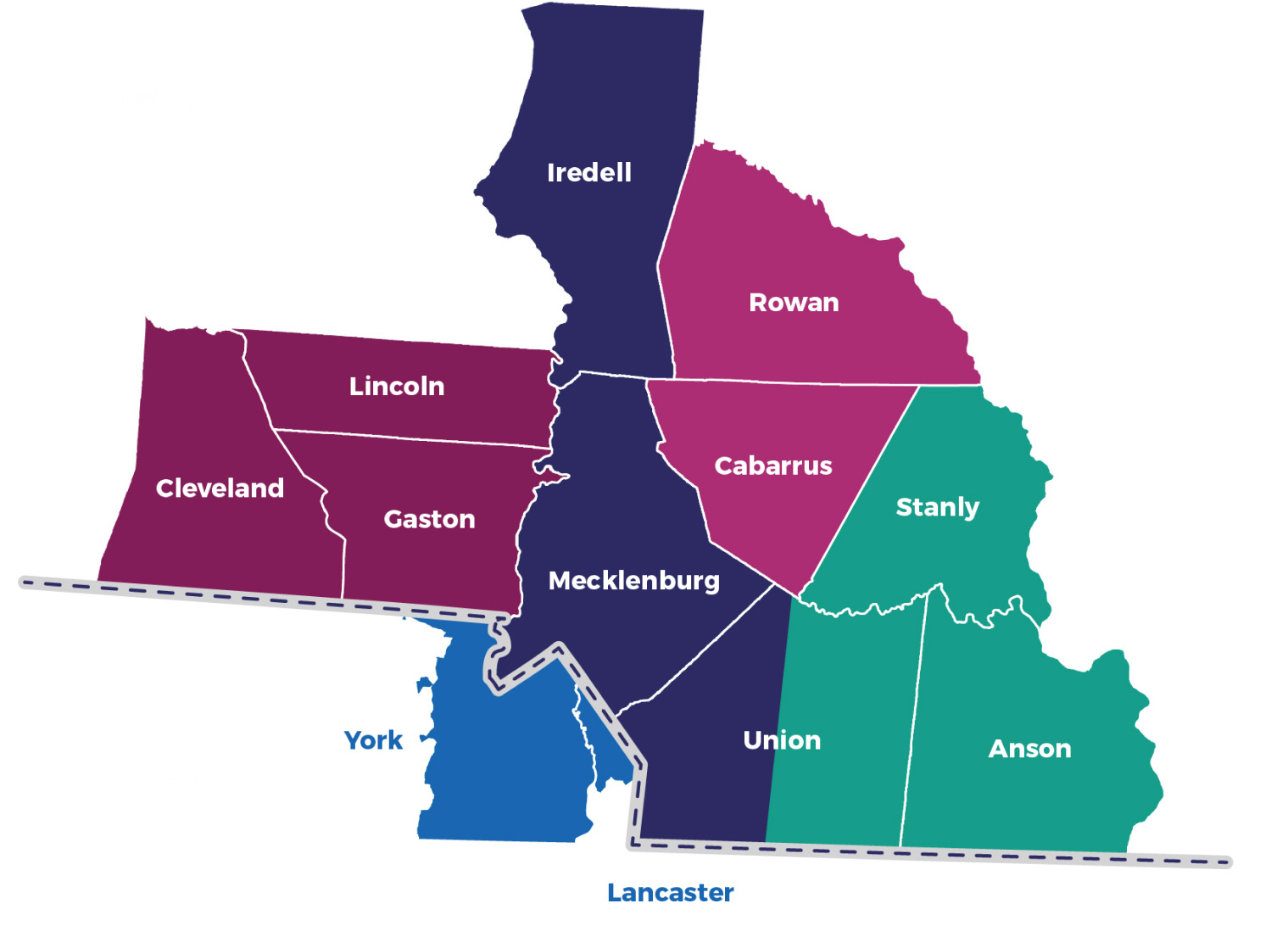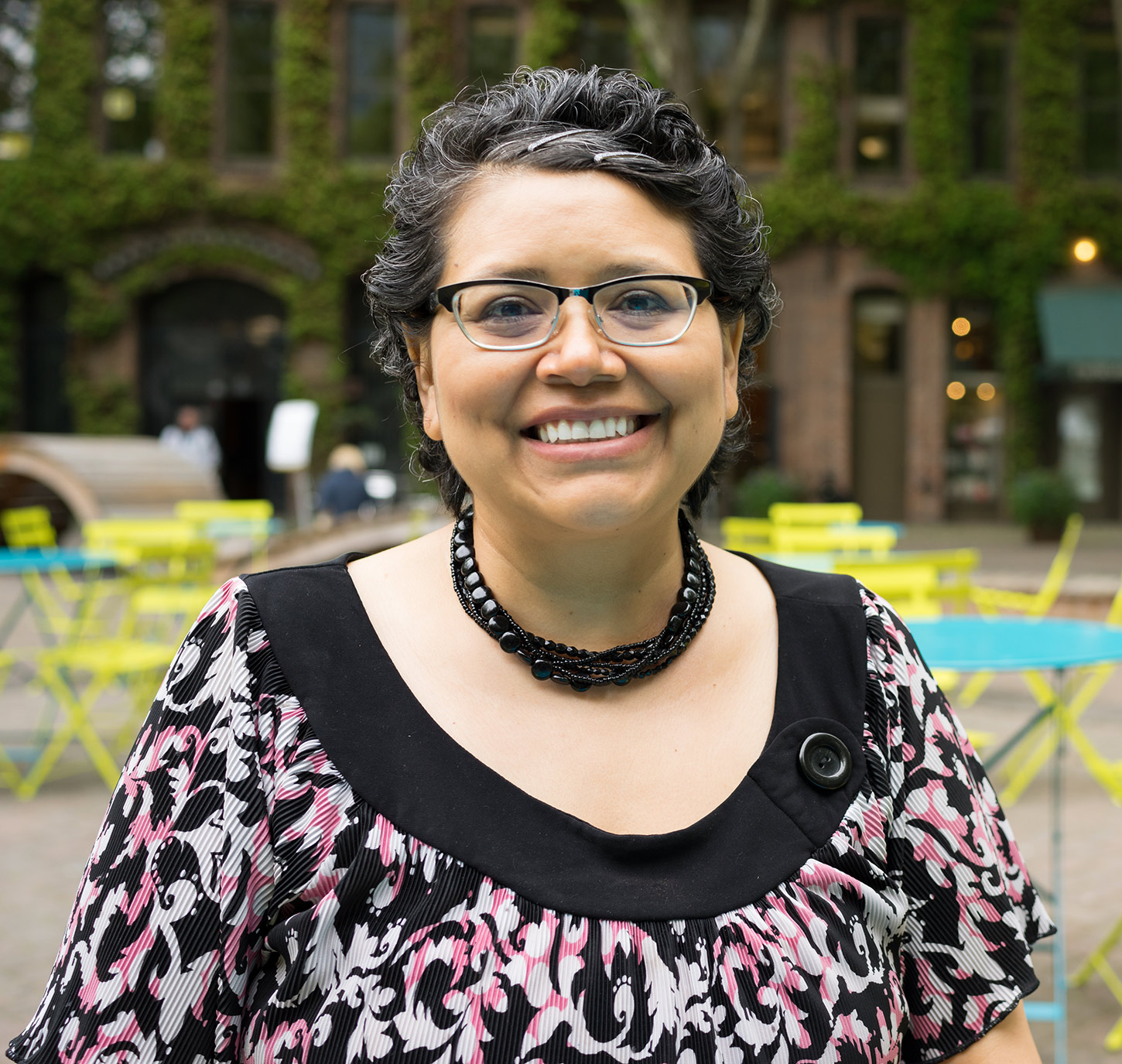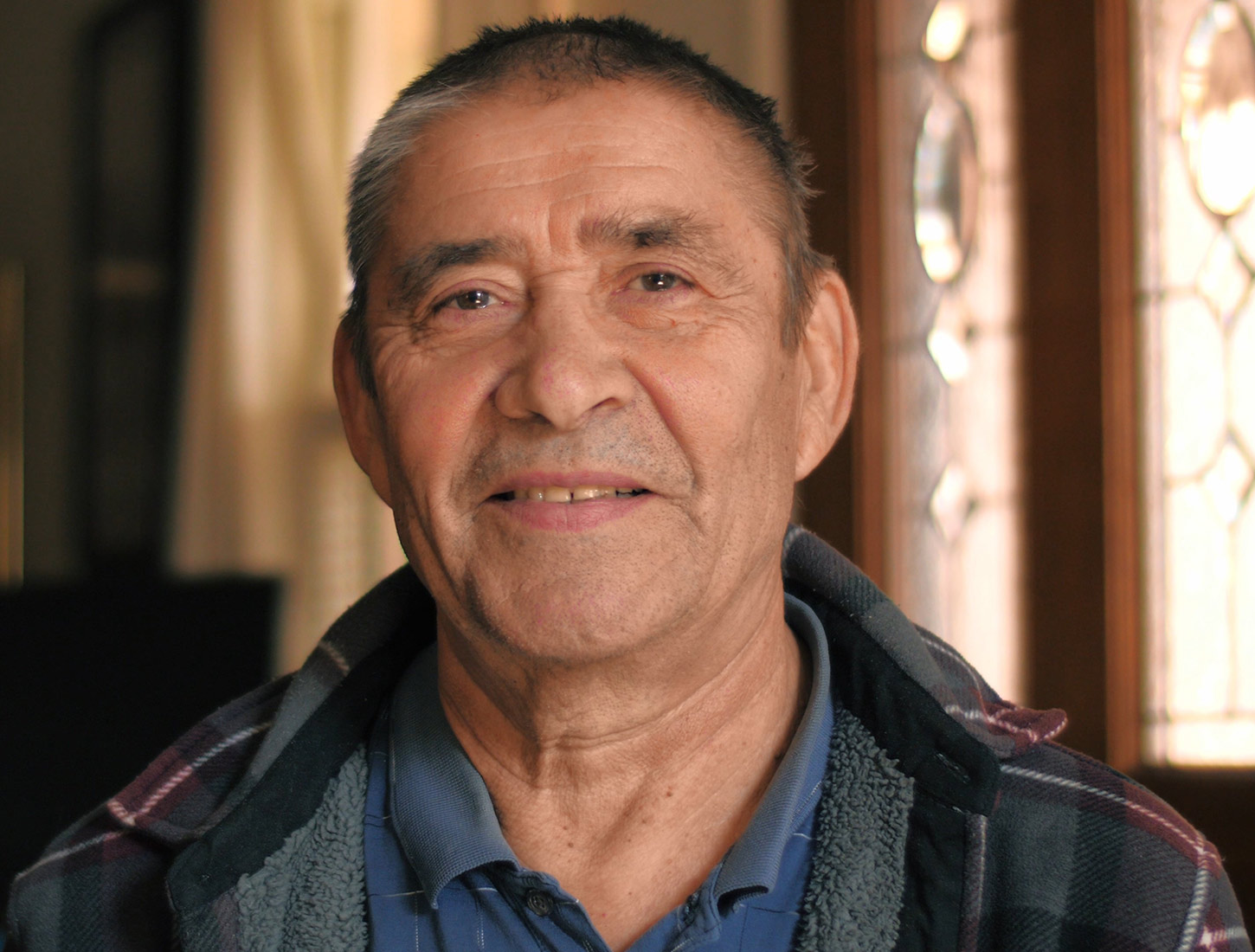Advisory Committees
We invited stakeholders from across the region to join three Advisory Committees focused on helping develop key elements of this regional mobility plan. Advisory Committee members provided insight about policy decisions, community impacts, and technical feasibility.
- 54 Technical Advisory Committee Members
- The Technical Advisory Committee was comprised of representatives from our region’s transportation planning organizations, transit service providers, and local and county operators planning departments.
- 34 Policy Advisory Committee Members
- The Policy Advisory Committee was comprised of elected officials and policy experts from across the CONNECT Beyond region – representing both North Carolina and South Carolina.
- 35 Community Advisory Committee Members
- The Community Advisory Committee was comprised of key regional influencers, who work in government, health and human services, economic development, business, social services, and education.
“The growth between Concord, Kannapolis, and Charlotte has been tremendous. Enhancing connections between the Rider Transit System, CATS, and the rest of the region is just something we have to do for our future economic success.”
– Mayor Bill Dusch, City of Concord
“Our city recognizes that regional collaboration is key to our success and that transportation has no borders. The citizens who live in Gastonia seek access to resources from different parts of our region. Therefore, we have to think beyond our jurisdictional lines from urban to rural and everything in between to make our region the best that it can be.”
– Mayor Walker Reid, III, City of Gastonia
Working Groups
To develop this regional mobility plan, CONNECT Beyond worked with four different working groups composed of members with specific technical expertise who provided insights and guidance about central components related to this regional mobility plan. The four CONNECT Beyond working groups included:
- Rural to Urban Connections Working Group
- Integrated Bus Strategies Working Group
- Funding & Partnerships Working Group
- Regional Transportation Choices Working Group
What We Heard
We’ve been working with the community for several years to reach this point. The CONNECT Beyond initiative builds on the priorities our communities established in previous engagement efforts








